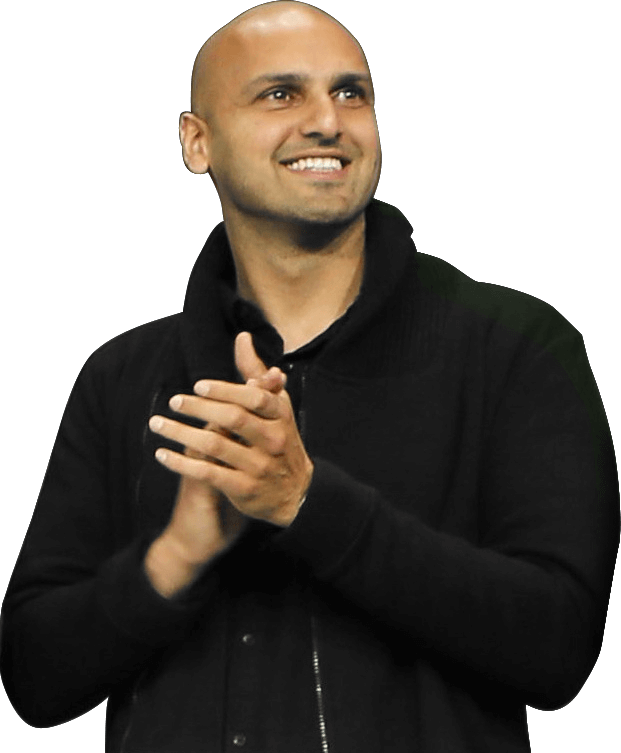Brand authority comes from getting great quality social proof, and making people pay attention to you. All of the big name television hosts who are on the level of a first name basis with the entire world, are able to captivate a massive audience using their brand platform.
Since it’s inception, television has been the way that major personalities become major celebrities through leveraging this powerful platform.
And it’s all changing.
In today’s world, anyone can become the next Oprah using the power of their smartphone!

So what’s the secret to becoming the next global sensation?
Owning your market’s attention.
So if that’s the secret, then how do you do this effectively?
The Art and Science of Storytelling
Remember, that storytelling is the most important aspect of your brand. Oprah gets her audience gushing by telling incredible stories and bringing on guests who inspire her audience. Ellen is a natural comedian and she is able to get people to lower their guard and become vulnerable by dancing and being playful, which opens up a whole new side of her guests. It’s all about the story behind your content and how you use that story to shape your brand.

And with creating your own style of reality television/internet show you can become an expert authority. You can copy Josh or Ellen by showing your audience what you do best. They can actively engage with you by watching you perform and demonstrate your unique skill sets. This is what will help you attract eyeballs.
So how do you create your own Media Company and become a star? Here are the seven steps I’ve learned from working with Fortune 500 company clients and celebrity entrepreneurs.
7 Action Steps To Become an Entrepreneur Like Oprah, Ellen, or Martha
In 2011 I co-found Beauty Detox with celebrity nutritionist Kimberly Snyder. When we first partnered up, Kimberly had a book Beauty Detox Solution with a small cult following and about 30,000 visitors a month to her website.
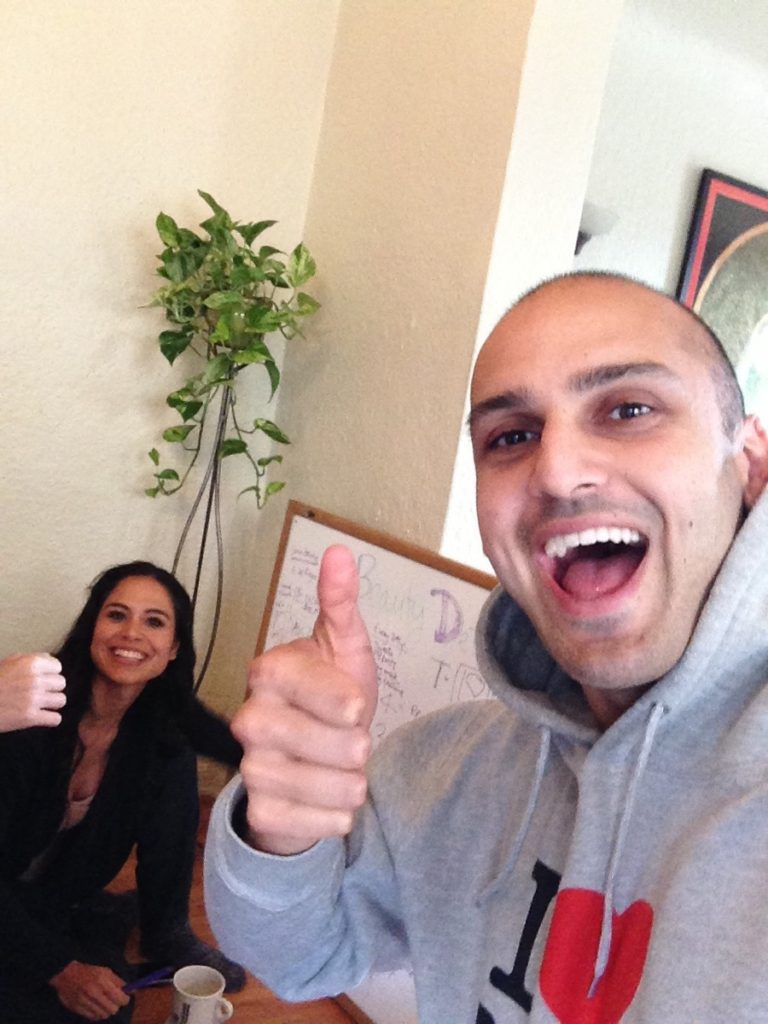
Once I took her brand digital, her website skyrocketed to almost 500,000 visitors per month, consistently, every month.
It wasn’t just 1 thing I did that made this happen, but an orchestration of all of our resources that turned us into a multi-million dollar business within a couple years.

My goal was to help Kimberly become the next Oprah, Ellen, or Martha Stewart. After carefully examining the qualities of these top performers I distilled everything we needed to do into 7 action steps.
1. Know Your Market Inside Out
Knowing your market is essential when you want to be perceived as an authority.
Keyword & Competitor Research: Reverse-Engineer What People Search For
I learned SEO from my high school friend, Neil Patel. It turns out he wasn’t just good at acing tests in our 3rd-period business class, he was also good (and still is one of the best, I might add) at search engine optimization. Our organic traffic on kimberlysnyder.com accounted for almost fifty percent of all of our site users.

In order to make sure that the content we were promoting was relevant to Kim’s audience, I did keyword research and figured out all the high volume keywords and phrases we should talk about. Then, I coached Kimberly and our team on a digital marketing strategy to create content that will give us SEO value and incorporates advanced digital marketing tactics. Each piece was relevant to her audience because we reverse-engineered what her target audience wanted to know. Because people were looking for it anyway, it helped us rank higher on the search engines.
We listened.

We researched yogis, nutrition formulas, diving into peer-reviewed studies, breaking health headlines in other countries, and watching and emulating cutting-edge industry leaders.
We found the influencers we wanted to model, and then dived deeper to see who they were modeling. Then, we followed their role models to see how we could fast track our own success.
Once we discovered what worked and what didn’t–we went back to the drawing board and started creating all of our own content.
Then, we used tools like SEMRush to find keywords, created surveys using services like SurveyMonkey, and used software to a/b test and experiment our hypotheses. When we learned what our audience wanted inside and out, we knew what they wanted to buy, and how much they were willing to pay.
2. Leverage Your Passions
This is one of the most important aspects of making it big. If you want to create your own media company you must leverage your passions. That means that you use what you are already passionate about and market it. Most people think that they need to do something apart from their hobbies in order to make money. While this may be true–especially if you aren’t talented at your favorite passions–it doesn’t mean that you can’t leverage them.
For example, Kimberly was a yogi and a nutritionist. She was talented and knew what she was doing. But she wasn’t able to get the type of outreach that she was looking for. So, she leveraged her talent and began expressing the issues she was passionate about with her blog and became even more enlivened by her passions.
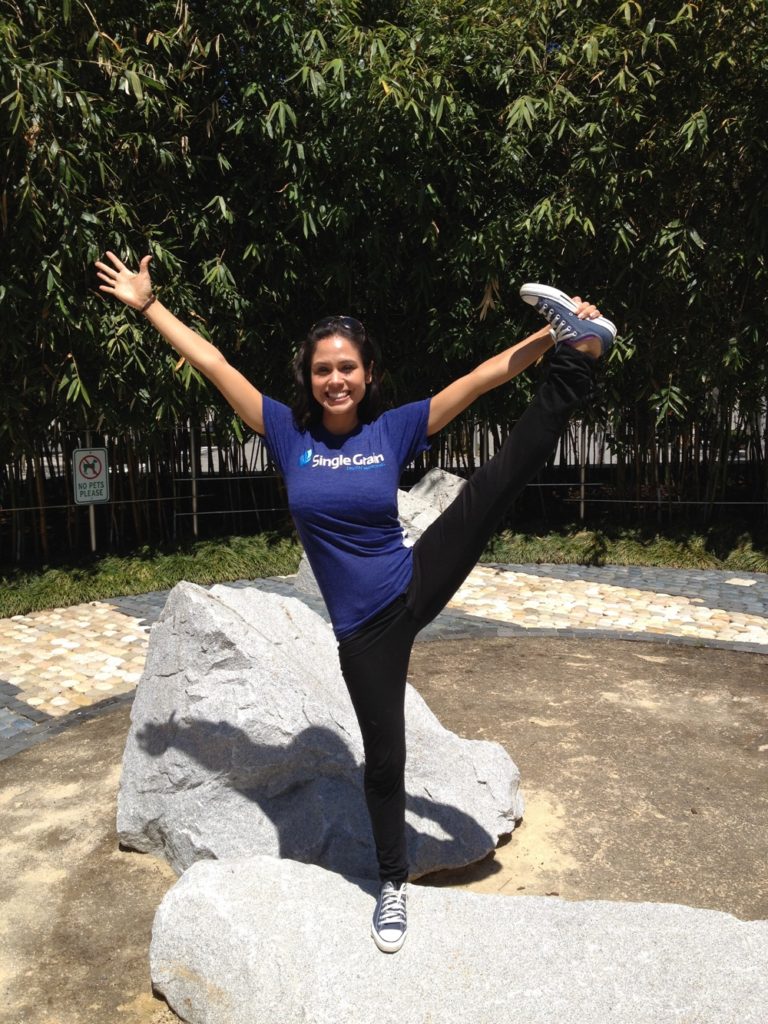



Oprah was a failed newscaster who was told that she wasn’t good for television. She took her passion for speaking and combined it with her love of uncovering good stories. When she finally got her own show, she leveraged both of these to shine.

Ellen was a comedian. Her love of humor and acting helped her to get her own sitcom. But after it was canceled, she wasn’t getting booked for anything. She leveraged her passion for making people laugh, uncovering amazing personal stories, and entertaining to provide entertainment for millions of people every day on The Ellen Show.
Martha Stewart was able to cook. But she was also able to sell just about anything. Everything she touched, wrote about, or endorsed became a wild success. She was multi-faceted and created products that she was very passionate about. She had in-depth philosophies on how to run her lifestyle business and branded it all under her own name.



Her marketing abilities were genius. And her interests were numerous, which led to her figuring out how to sell, create, and cash in on all of her passions.
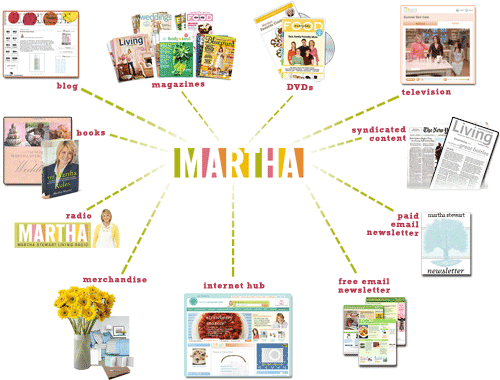
So are these people the best examples of following their passions? Yes! Are they the hands down best at what they do in the world–probably not. I’m sure there are more talented comedians than Ellen, better broadcasters than Oprah, and better chefs than Martha Stewart–but they each have a unique ability to be the face of their brand. They also have personality. And they do what they love. When you love what you do, you will attract people that want to know more.
3. Build a Personal Brand
In 2011, we weren’t a known global brand. Kimberly’s first book had created a loyal cult following that I was able to help her to leverage into something that was much more effective at meeting her audience’s needs. We grew her social media account from a few thousand into the hundreds of thousands. We built a 7-figure brand, and we also got over 17 million people to go to her site over the course of five years!
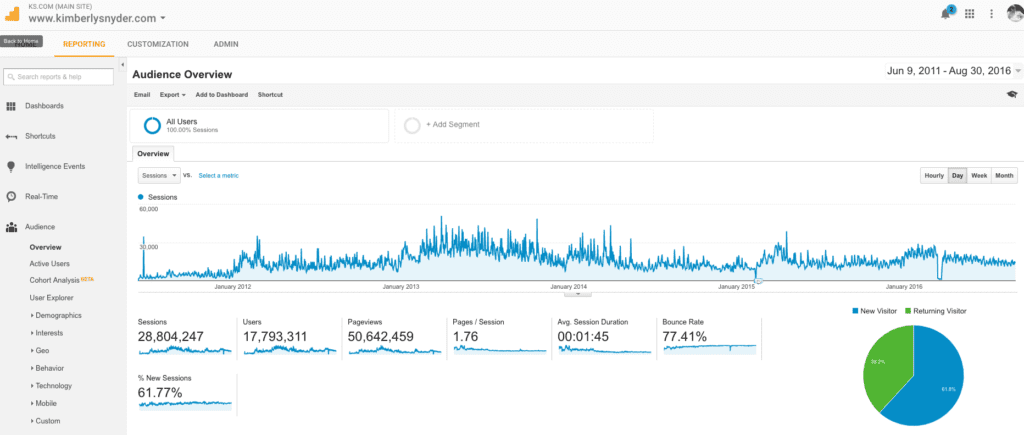
Through content marketing, we were documenting Kim’s journey. We created an authentic way to share what Kim’s principles actually looked like when they were applied in a daily practice. By documenting her journey in real life, we empowered millions of women from around the world to document theirs as well. We provided them with free advice on how to improve themselves while avoiding the high cost of health problems and expensive pills, reducing cravings all by proactively choosing a healthier lifestyle.
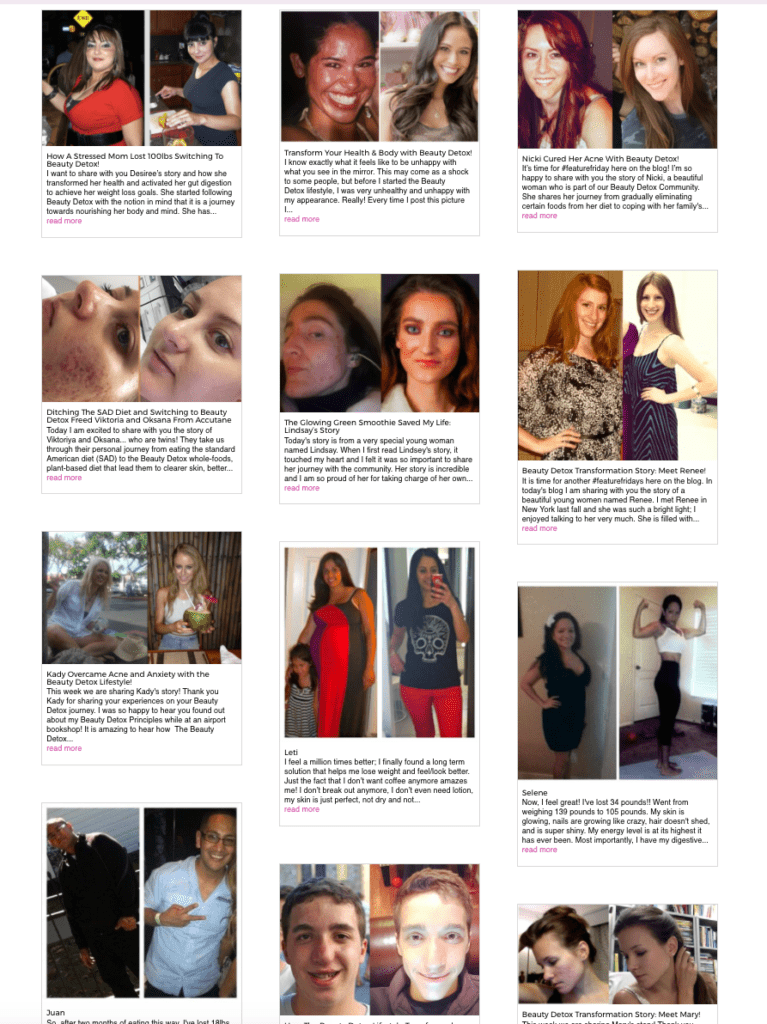
From Beauty Detox to Kimberly Snyder
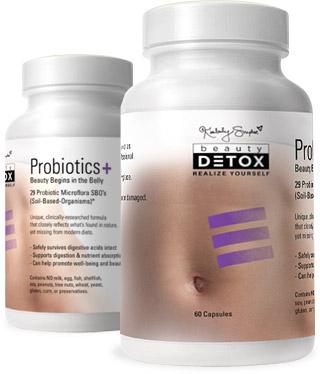
Kimberly had a product known as Beauty Detox that we used as the label for her brand. It was really successful, but when we hired an expert to help us advance to the next level after the brand plateaued, he suggested we brand it under Kimberly’s name. He was the person behind Snapple’s “The Best Stuff on Earth” branding strategy.
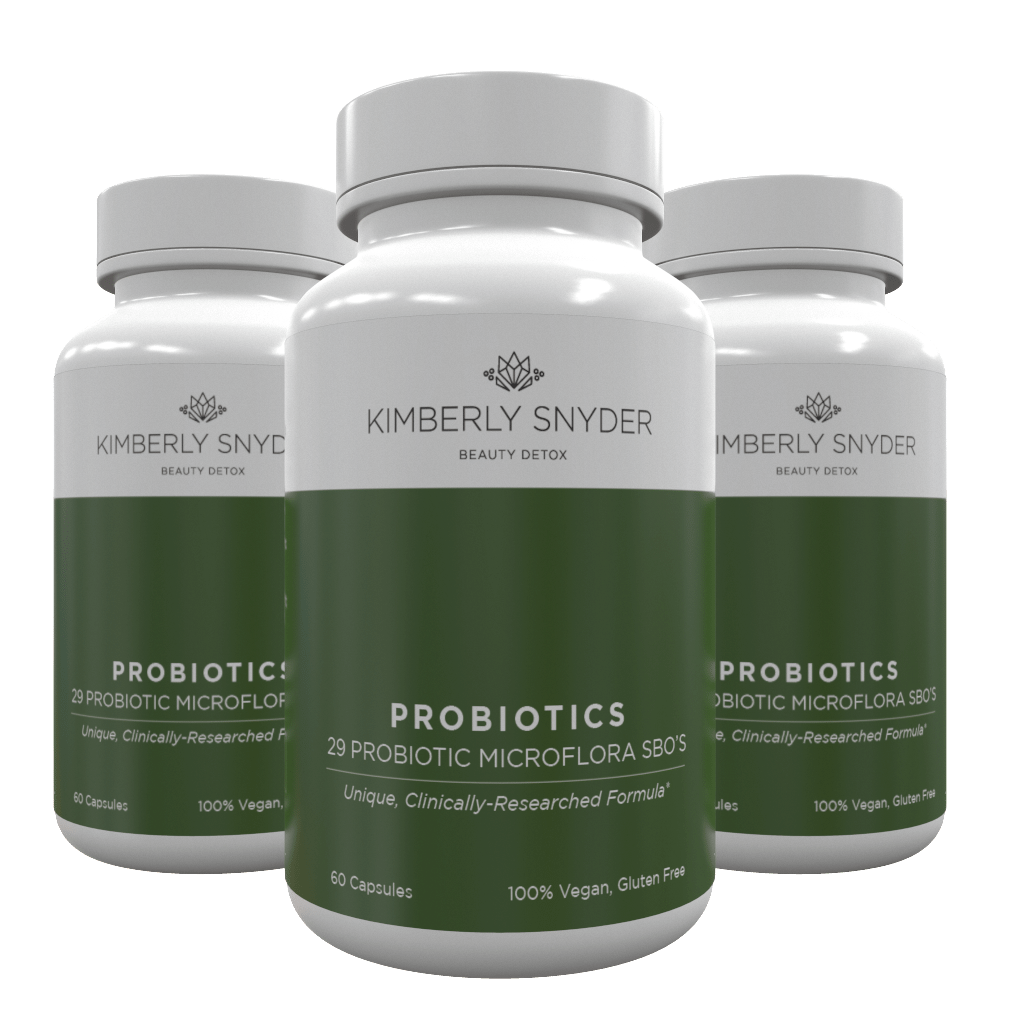
A brand extension is your brainchild. It reflects back on the brand. Beauty Detox was just one aspect of our brand, which meant that we needed to move onto something more representative of our unique marketing that would simultaneously help us scale.
One of the best ways to build a brand and create authority is by writing a book.

It’s not a coincidence that “author” is in the word “authority”.
Beauty Detox was Kimberly’s three-part book series, and it was a major success. For Kim’s second book launch, I knew that it needed to be a success, so I implemented a launch strategy that Tim Ferriss taught me, when we did some work together. We reverse-engineered what success would look like, used our email list to get organic orders and we hit the NYT’s #2 bestseller list!

Within a few years, I had helped her to build a brand, generate hundreds of leads a day on “autopilot”, create products, land on the NYT Best Seller’s list three times, and transform the lives of millions of real people from around the world.
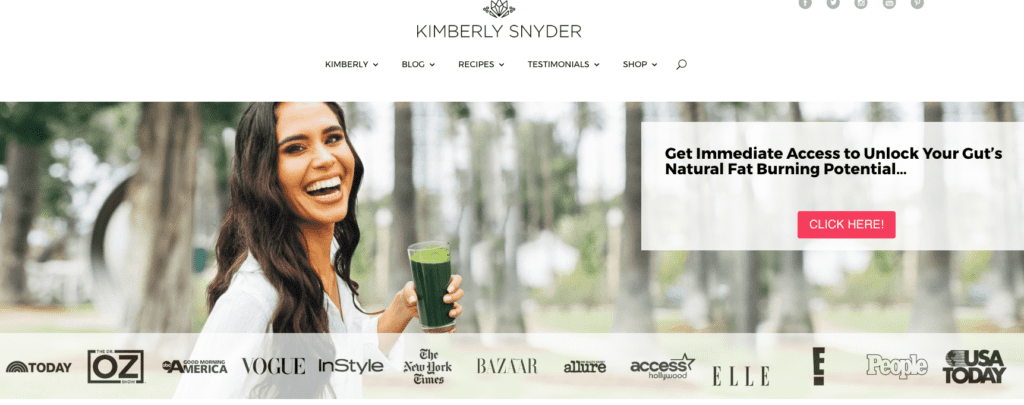
We had created a lifestyle brand that helped our fans to realize their dreams and potential, while creating lifestyle clients like Drew Barrymore, Channing Tatum, and everyday people who can benefit from Kimberly’s expertise.
After we hit the NYT’s bestseller list for the 3rd book, Kimberly appeared on Ellen. I got to sit (pace nervously) backstage and watch as Kimberly’s face appeared live on millions of screens around the globe.



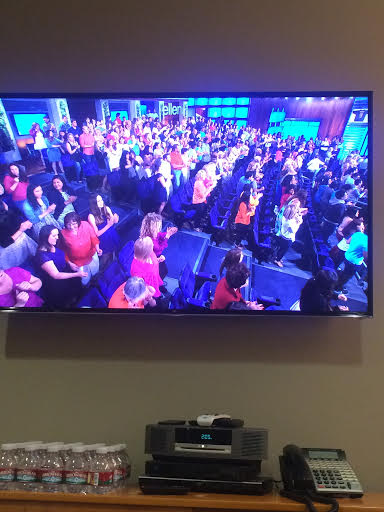

We’d succeeded in creating a digital stage, and promoting and monetizing her successful platform. Kimberly had a brand platform that allowed us to indoctrinate our audience into a new way of being.
By the time Kimberly wanted to do her fourth book, Deepak Chopra wanted to collaborate, so they co-authored Radical Beauty.

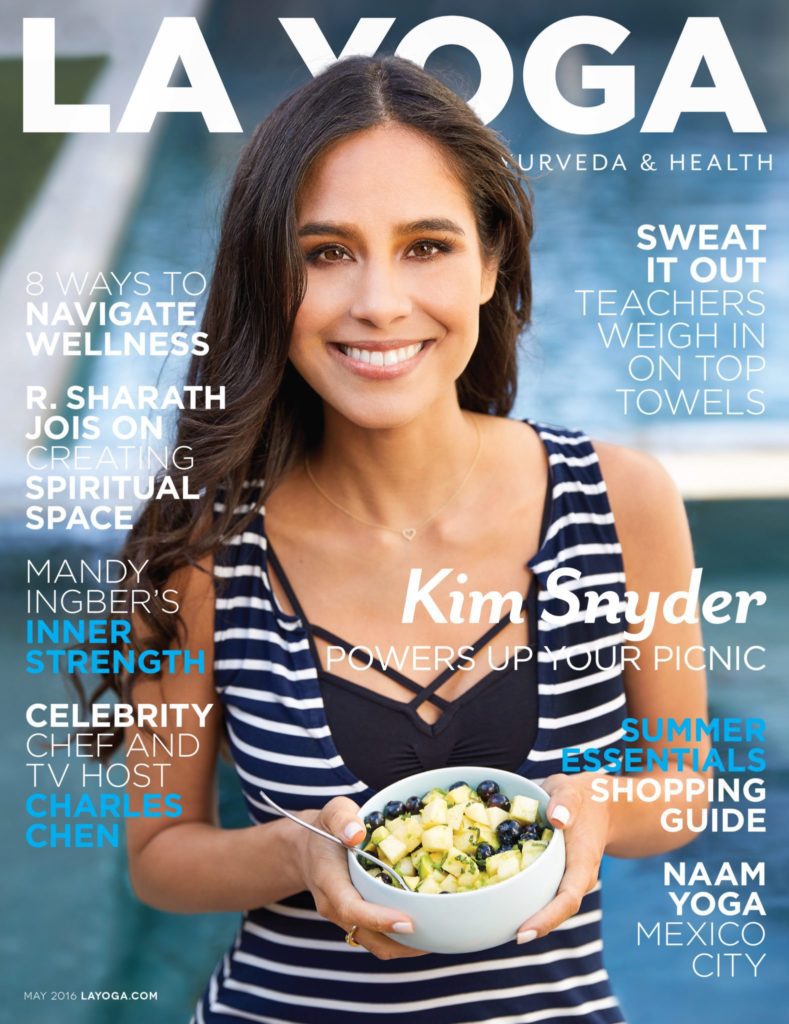
Instead of a network television show, we created blogs that engaged fans as free evergreen content, meaning that anyone, anywhere could read them for years to come. We produced the Beauty Inside Out Podcast, and promited her brand on Facebook, Instagram, Youtube and other social networks everyday. We started monetizing our content by selling Vitamix blenders and beauty products.
As we grew we monetized even further through our affiliates, producing our own digital and physical products, merchandise, events, retreats, endorsements, sponsorships,—it was infinitely scalable.
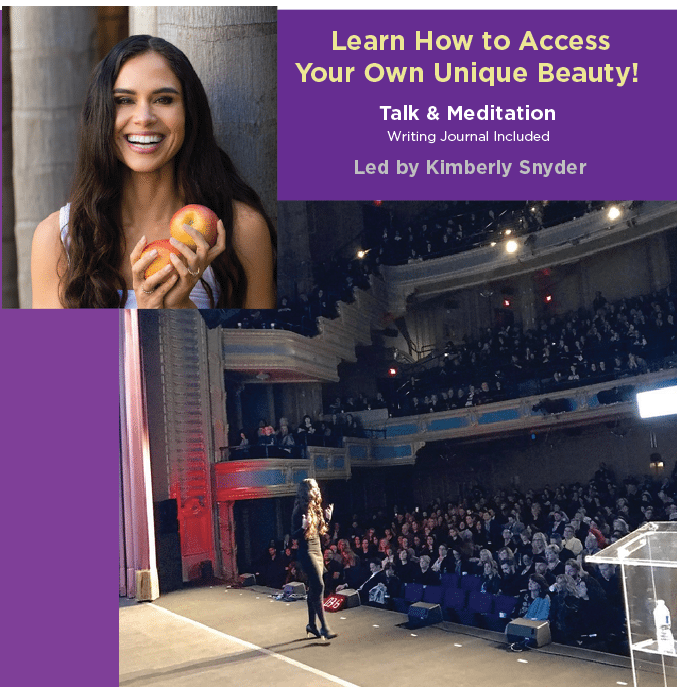
4. Engage Your Community
This one is pretty self-explanatory, but it is what most people don’t do enough of, or get wrong. The people who succeed, try to make money, and give more value than what is required or asked of them. Those who fail don’t take their fanbases seriously, and don’t provide stunning content that answers their most pressing questions.
When you become actively in your community whether it’s online or offline you will get more attention and have more success.
Meet Your Fans in Real Life
Kimberly leveraged this by having in person meetups that her fans could attend. She had small Instagram meetups at the park.

It doesn’t need to be any more difficult than this. Something simple where you meet up at a coffee shop, hotel lobby, or restaurant is perfect for being able to engage with your growing audience. Each time you do it, you will reinforce loyalty from your followers.
You can do this online by hosting Q and A’s on Facebook Live. Additionally, you can leverage the power of your social media to nurture your readers like the ones in our Beauty Detox Foods Facebook Group. We provided them with great content, actionable tips, and they loved the interaction with other members that they received.
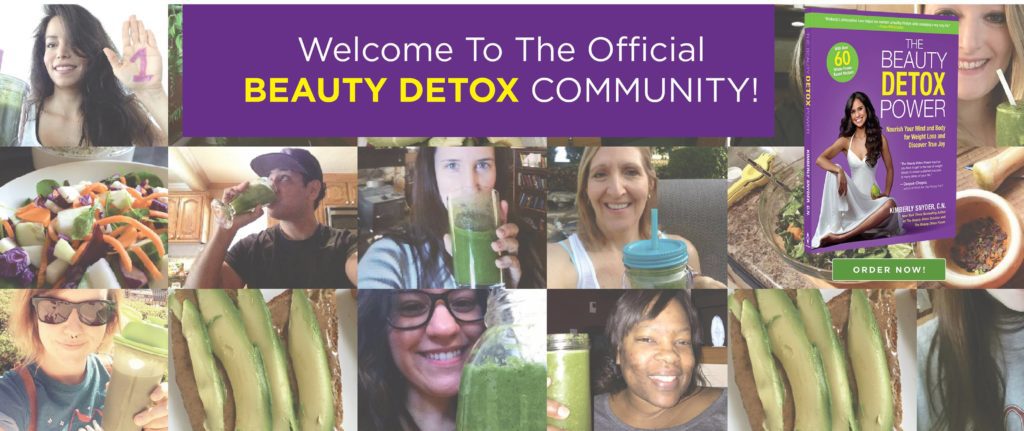
5. Deliver An Experience
Customers pay for an experience. And if that experience helps them to solve a problem that’s even better.
In today’s world we want to do things we’ve never done before, and we want to share those experiences with others.
This is why it is so vital that we create user experiences that entice our customers to want to participate.
Participation ensures that the customer has a better experience, because they are actively using the product.
One of the easiest ways to encourage participation is through promoting contests, challenges, Facebook groups, and even live in-person events.
With Kimberly’s brand we created the Glowing Green Smoothie Challenge. This two-week challenge was hosted on Facebook which inspired Kim’s followers to post pictures of themselves.
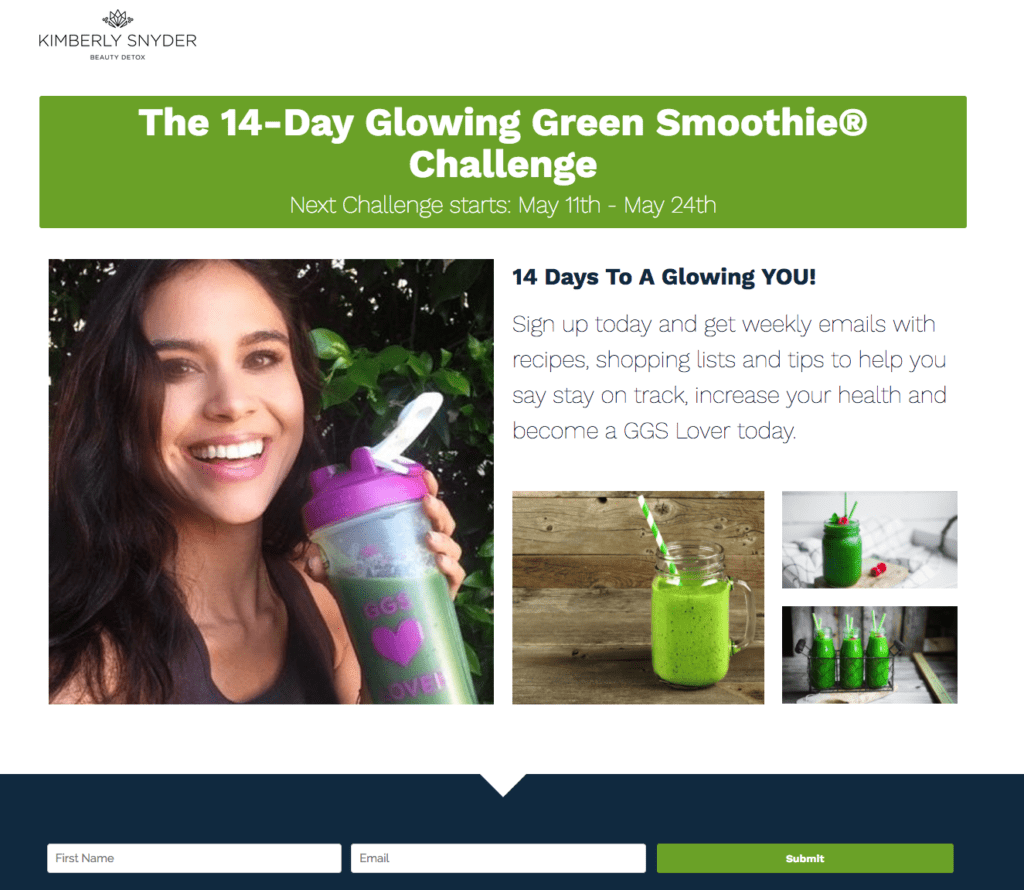
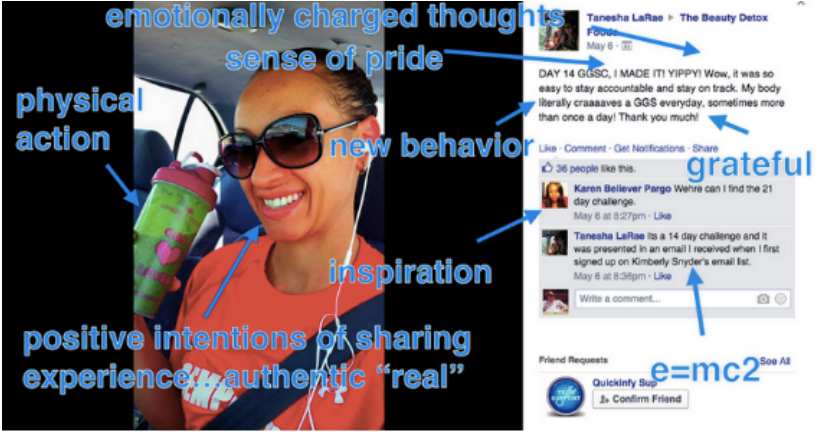
In order to complete the challenge they had to post a selfie of themselves with a green smoothie. When they posted their friends liked it, and they were able to share news about the challenge with others. This helped to get more people following us and signing up for our challenges.
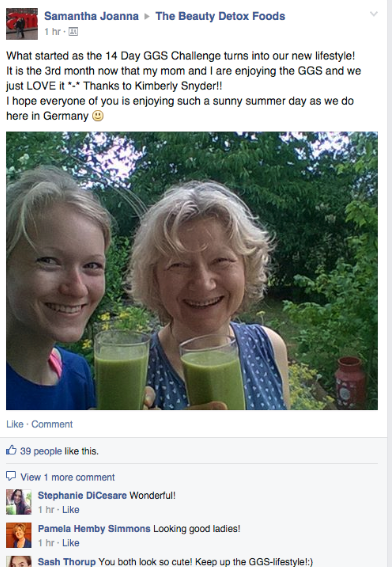
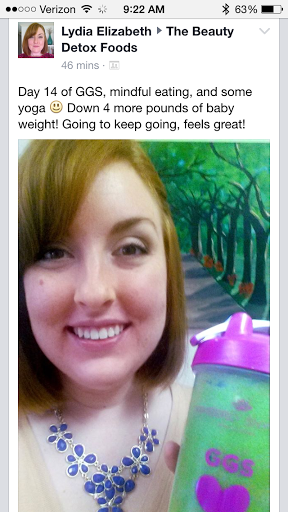

Here are the steps to creating a great customer experience.
- Think about the user experience you want your customers to have.
- Think about the result they want to achieve.
- Create a product that will deliver an actionable program to your customers.
- Get your customers active in experiencing your product/using it.
- Attach public accountability to drive results.
- Make sure that your customers understand that your brand is helping them to achieve these results.
The Internet is perfect for hosting live virtual events, challenges, and creating Facebook groups–but it can’t replace meeting your fans in real life.

Creating transformational retreats, workshops and seminars are really important because it adds to the relationships that you are making virtually. This gives engagement with your community, gets your face out there, and builds the value of your presence and appearance. Most importantly it is a great way to make friendships and help others to network with people that can help them advance their careers.
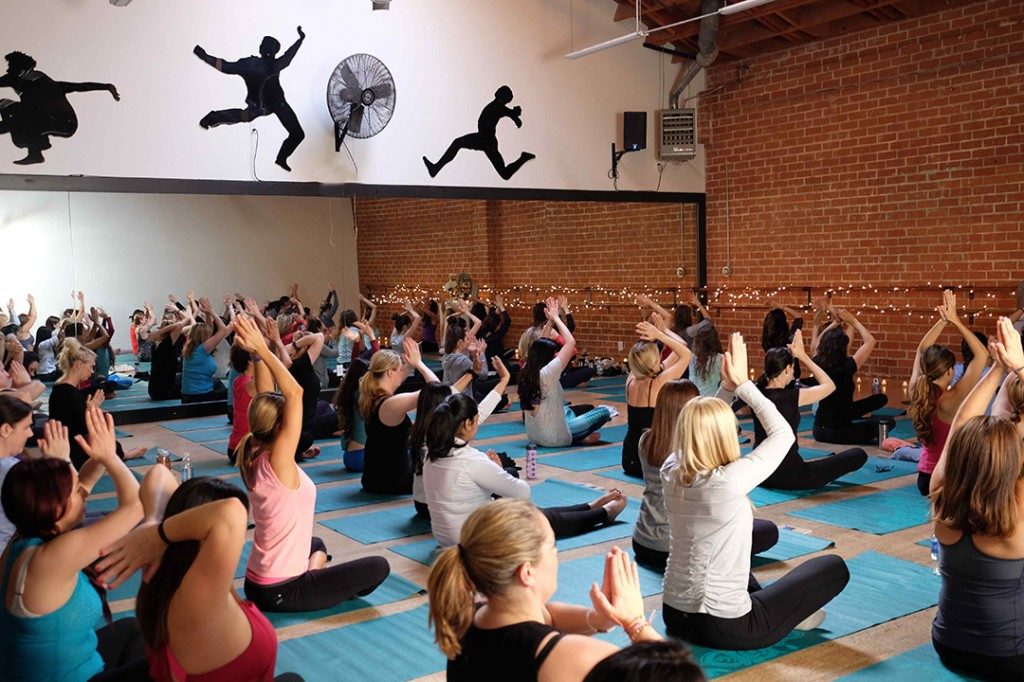

6. Respects Ethics

When you have a great product and an even better brand, you need to make sure that you keep both of them in integrity. That means not promising that you will lose twenty pounds in a month, unless it is well-documented by scientific research. It also means that you are doing the right things when nobody’s watching.
It’s so easy to pretend to be getting great results, or make your products sound better than they actually are, but when you stay in integrity and respect ethics you will win at playing the long game.
Your customers will write raving reviews, and you will get respect for climbing the ladder, as opposed to taking shortcuts.
The bottom line is that if you want to become a major star, you have to build a brand that is built on a great reputation.
But what happens if you fail?
I’ll demonstrate why this is true using a relevant example.
Recovering From Bad Branding
A big name on the list of top producing celebrity product lines is Martha Stewart.

She was convicted of insider trading and served time in prison. She blurred the lines of ethical behavior and paid the penalty.
Martha’s brand was severely damaged when she was imprisoned. Her reputation was hurt, and her brand could have plummeted forever.

However, because her public persona was solid for so long, people were able to forgive her for her crimes. Instead of falling off into oblivion, her products have performed well, and her brand bounced back, because of the quality that is associated with what she creates.
It wasn’t about her personality, it was about how good her products were.
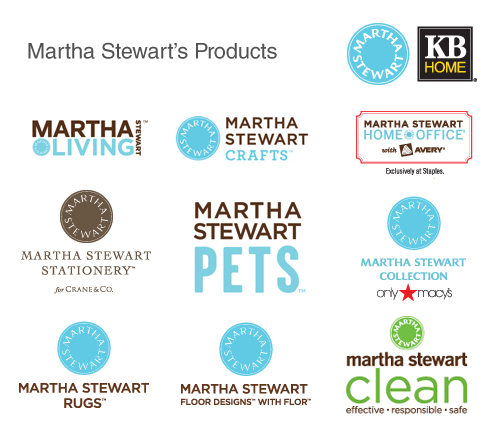
Brand integrity and respecting ethics are about both your products and services, and your public reputation. Keeping all of these in tact is critical to your success.
This means that personality doesn’t completely equal your brand image. But this is only the case when you sell a product. The product acts as a separate identity from your own reputation, which helps your brand in the long run–as we learned with Martha Stewart.
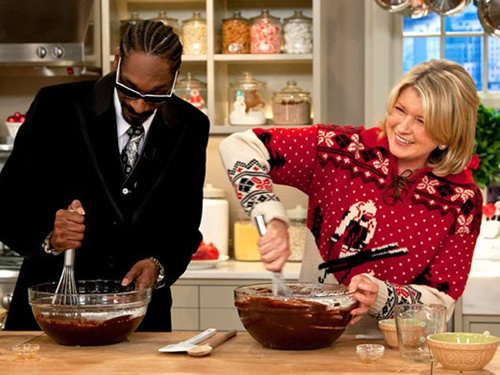
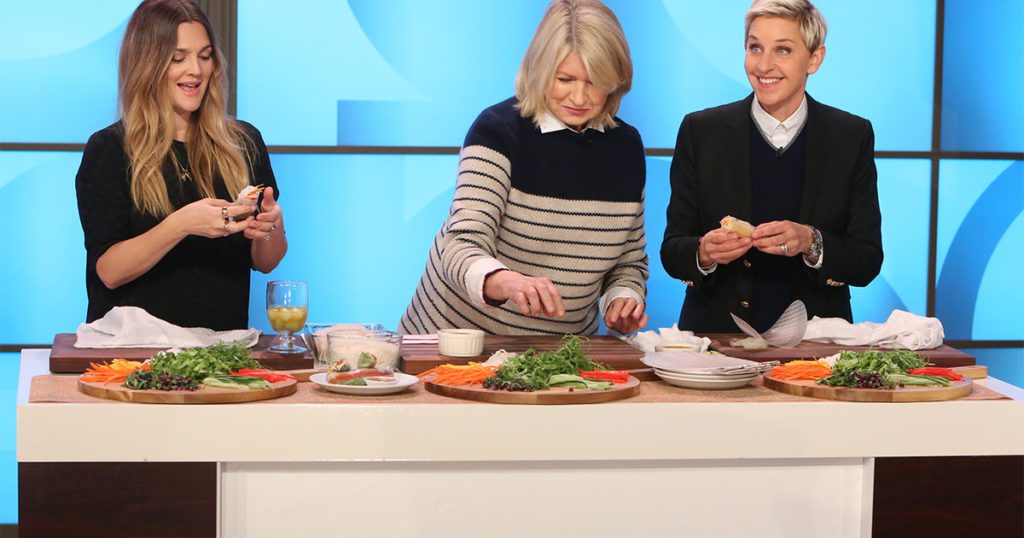
But it’s not as if it’s just Martha Stewart, or Ellen, or Oprah who is pulling the reins on all of these big deals, and single-handedly running the company. There are actually, hundreds if not thousands of people all working behind the scenes. For example, there are studios, creative consultants, managers, agents, PR companies that get hired, millions of dollars spent in ad campaigns and managing brand reputation. They do things like spin negative press, market and promote the brand, and make sure that each year the brand grows significantly.
7. Facilitate Negotiations
Facilitating Negotiations means that you are creating an environment for “value” to be exchanged between two or more parties.
This can be as simple as creating an e-commerce platform where people can buy your products and services.

Create Digital Products
With the Internet being a staple in our lives today, it’s extremely important that you have digital products. They are the easiest to create and this is what helped Kimberly’s company to scale so successfully.


Create a course, webinar, coaching program, or private mentoring group in order to become a digital product provider. When you make the shift, you will be able to achieve the allure of making money while you sleep.

Create Physical Products
When Kimberly did this, it helped us to create on-demand delivery. Every month her subscribers were expected products. And the best part was that they kept their subscriptions because we had a great product. Creating a great product that is a monthly fee is one of the greatest ways to build a huge influx of predictable cash flow. There are thousands of people who are paying $49 every single month.
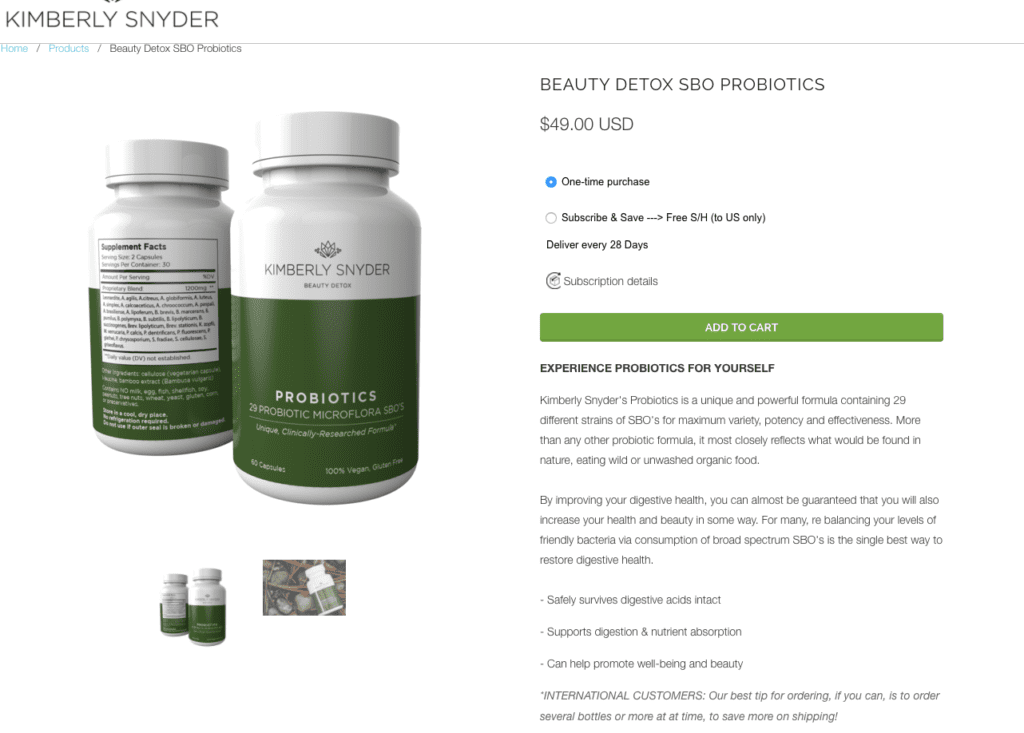
Once you have both of these types of products, you can partner and grow with other brands.
Negotiate Deals with Other Entrepreneurs and Brands
Collaborations and partnerships are one of the fastest ways to leverage your branding and grow exponentially. Working on bigger deals with more people is one of the best tactics for prioritizing long-term, steady growth.
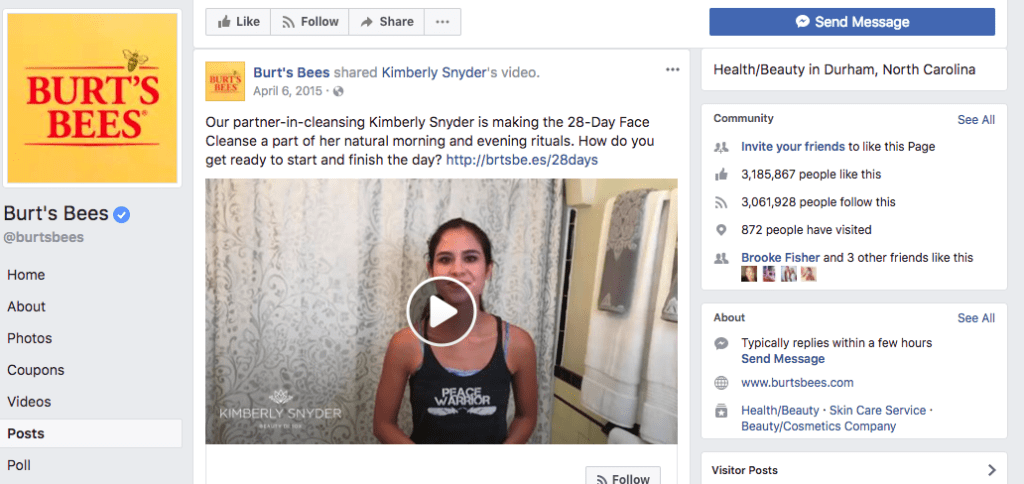
Affiliate marketing is also a great way to get a boost in sales. Doing something all on your own is never easy. Working with others who can promote and push your products for a commission can really help you to drive sales, and expand your customer base.
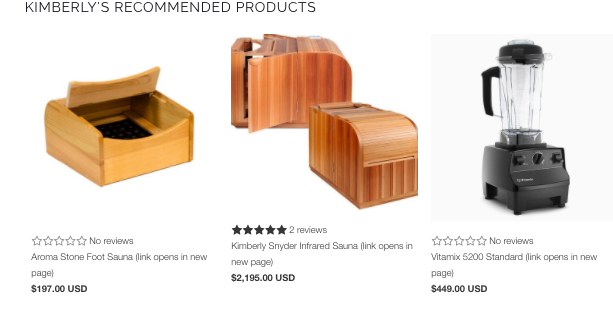
Conclusion
So what can you do to create a brand platform like Kimberly, Oprah, Ellen, or Martha Stewart?
Follow these seven steps that I’ve shared up above in the post. And if you like this content, make sure to share it with as many people as you think will find it useful. I mean, after all, who doesn’t want to learn how to become the next Oprah?
Do you? Let me know why or why not in the comments below.


